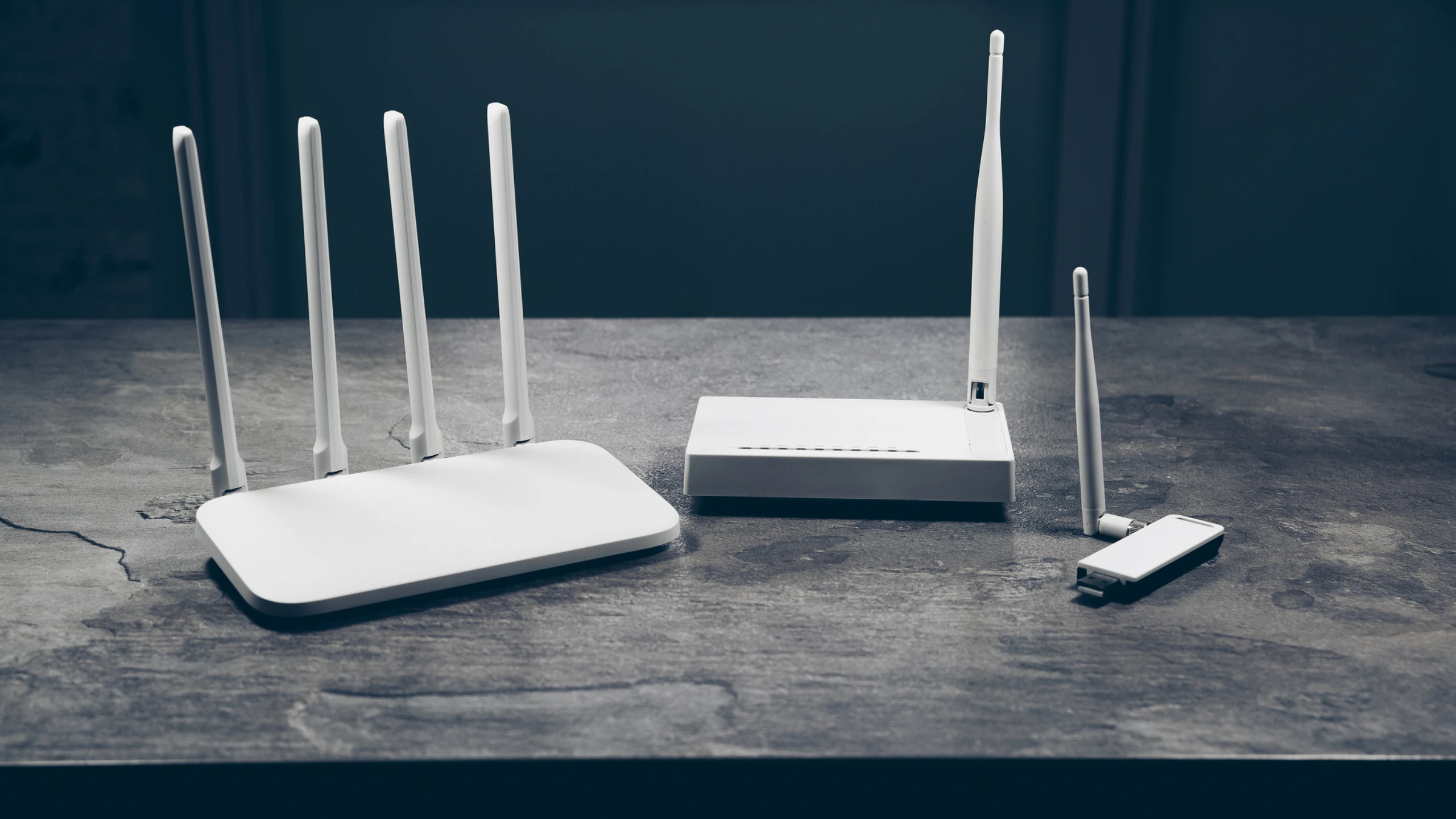In today’s fast-paced digital world, reliable network connectivity is essential. At the heart of many modern networks lies the concept of Customer Premises Equipment (CPEs) networks. But what exactly is a CPEs network, and why is it so important?
What is a CPEs Network?
A CPEs network refers to a system that includes all the hardware devices located at a customer’s premises, which connect to the service provider’s network. These devices serve as the gateway for users to access services like internet, telephony, or TV provided by a network service provider.
Examples of CPEs include:
- Routers
- Modems
- Wi-Fi access points
- Set-top boxes
- VoIP phones
These devices bridge the gap between the user’s environment and the service provider’s infrastructure.
How Does a CPEs Network Work?
- Connection to Service Provider: The CPE acts as the end-point hardware that connects the customer’s internal network to the provider’s external network.
- Data Transmission: It transmits data between the user’s devices (computers, phones) and the provider’s servers.
- Management and Monitoring: Many CPEs now include advanced features for remote management, allowing providers to troubleshoot issues without requiring on-site visits.
Why Are CPEs Networks Important?
1. Reliable Connectivity
CPEs ensure a consistent and reliable connection between the user and the service provider. Without these devices, users wouldn’t have access to the internet, voice calls, or streaming services.
2. Flexibility
Modern CPEs offer customizable configurations, enabling users to adjust settings such as bandwidth allocation, firewall protection, and parental controls.
3. Enhanced Security
Many CPEs come equipped with firewalls and encryption features that protect data from unauthorized access or cyberattacks.
4. Cost-Effectiveness
For businesses, investing in advanced CPEs can lead to reduced downtime, increased productivity, and long-term savings on IT management.
Key Features of Modern CPEs
- Remote Management: Providers can update, monitor, and troubleshoot CPEs without visiting the customer’s location, ensuring quick resolutions to technical issues.
- Scalability: CPEs are designed to handle growing network demands, making them ideal for both small and large businesses.
- Integration with IoT: Advanced CPEs support Internet of Things (IoT) devices, allowing seamless integration of smart home or smart office technologies.
- Energy Efficiency: Newer CPEs are optimized for low power consumption, aligning with sustainable practices.
Types of CPEs
CPEs vary depending on their use case:
- Residential CPEs
- Used in homes for services like broadband and cable TV.
- Examples: Wi-Fi routers, set-top boxes.
- Business CPEs
- Designed for enterprises and often feature advanced capabilities like VPN support, high bandwidth, and enhanced security.
- Examples: Enterprise-grade routers, managed switches.
- Industrial CPEs
- Used in sectors like manufacturing, logistics, and energy for connecting industrial devices to the network.
- Examples: Industrial gateways, IoT hubs.
Benefits of CPEs for Businesses
- Seamless Communication
- CPEs enable uninterrupted communication between employees, clients, and partners through high-speed networks.
- Improved Customer Experience
- Businesses can offer fast and reliable Wi-Fi or other services to customers using advanced CPEs.
- Scalability and Customization
- Businesses can scale their CPE configurations as they grow, ensuring network capabilities keep pace with their needs.
- Reduced Maintenance Costs
- With remote management and monitoring features, businesses save on maintenance and troubleshooting costs.
Challenges in Managing CPEs Networks
While CPEs networks offer numerous benefits, there are challenges:
- Compatibility Issues
- Older CPEs may not support newer technologies, leading to performance bottlenecks.
- Security Risks
- If not properly secured, CPEs can become entry points for cyberattacks.
- Cost of Upgrades
- Upgrading to advanced CPEs can be expensive, especially for small businesses.
CPEs Network vs. Cloud-Based Solutions
In recent years, businesses have debated between maintaining traditional CPEs networks and shifting to cloud-based solutions. Here’s a comparison:
| Feature | CPEs Network | Cloud-Based Solutions |
| Cost | Initial investment is higher. | Pay-as-you-go model. |
| Performance | Reliable for on-premise operations. | Dependent on internet speed. |
| Scalability | Requires hardware upgrades. | Instantly scalable. |
| Maintenance | Requires periodic manual checks. | Managed remotely by the provider. |
| Security | Physical control over devices. | Advanced security protocols by cloud providers. |
Looking Ahead
The future of CPEs networks looks promising, with trends like:
- 5G Integration: Enabling faster and more reliable connectivity.
- AI-Driven Features: Intelligent diagnostics and self-healing capabilities.
- Edge Computing Support: Reducing latency for real-time applications.
- Sustainability: Energy-efficient designs to minimize environmental impact.
Conclusion
CPEs networks are the backbone of modern connectivity, bridging the gap between users and service providers. As technology advances, the role of CPEs continues to evolve, offering greater flexibility, scalability, and performance. Whether you’re a homeowner or a business, understanding and investing in the right CPEs can unlock a world of possibilities.
